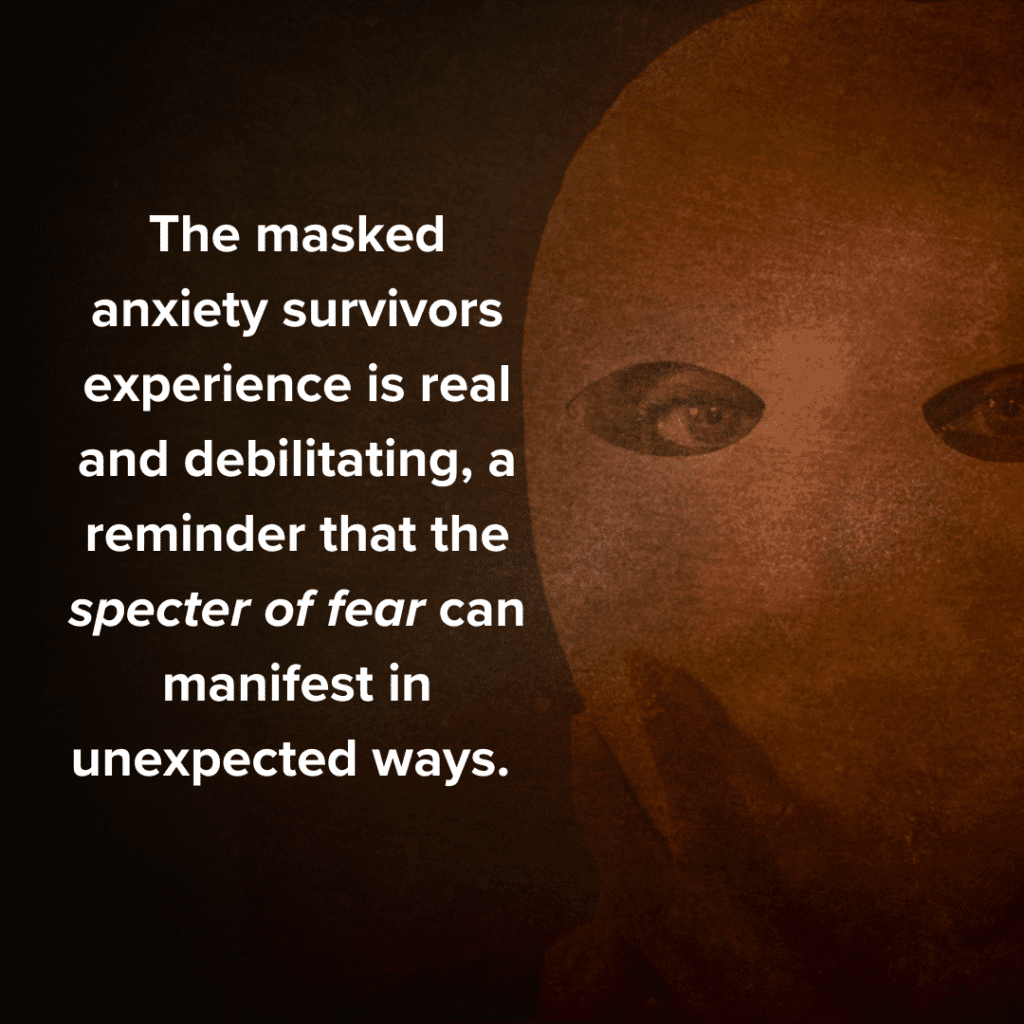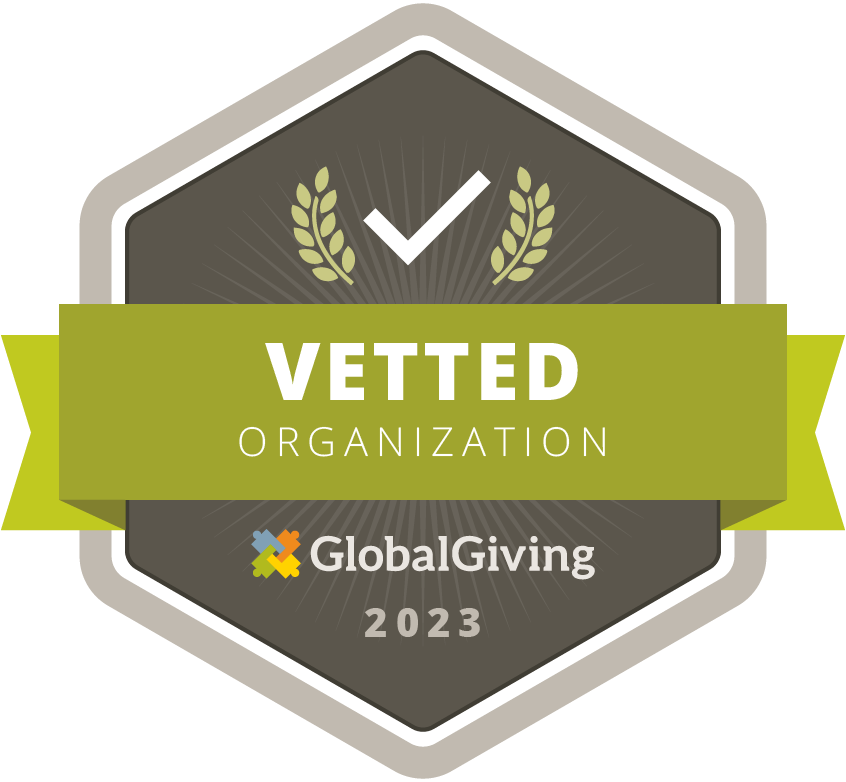In the dimly lit room, Halloween night loomed, casting eerie shadows on the walls. Laurie Strode, the iconic protagonist from the Halloween movie franchise, sat alone by her window, her gaze fixed on the dark, autumnal landscape outside. Her unease was palpable, and the echoes of her harrowing past had never truly left her.
As we peer into Laurie’s world, we’re reminded of the very real and lasting impact that trauma can have on an individual’s mental health. For many, Halloween represents a time of revelry and merriment, but for those who’ve experienced profound trauma, it can evoke anxiety and distress. Veterans who’ve faced the horrors of war or individuals who’ve endured human-made traumas often grapple with Post-Traumatic Stress (PTS), and the sights and sounds of this season can be activating. The innocent rustle of leaves or the distant laughter of children in costume can transport them back to a time of genuine terror.
Survivors of traumatic events know all too well that bad things can happen to good people. The immediate aftermath of trauma can be overwhelming, with emotions ranging from exhaustion, confusion, sadness, agitation, numbness, to disassociation and more. The darkness that descends in the wake of such experiences can feel suffocating, much like wearing a mask that hides one’s true self.

Imagine the sensation of being unable to breathe, the walls closing in on you. For some, wearing a mask during Halloween can evoke feelings of claustrophobia and social anxiety that are all too familiar. These emotions are not confined to the realm of Halloween; they are the struggles faced by individuals every day, as they confront their own personal masks and the expectations of society. The masked anxiety they experience is real and debilitating, a reminder that the specter of fear can manifest in unexpected ways.
Yet, just as Laurie Strode summoned the courage to confront her fears, survivors begin their own journeys towards recovery. Long-term recovery, however, is a path that can look different for everyone. The process is not linear, and there’s no one-size-fits-all approach. Some may find solace in therapy, while others might seek support through peer networks or artistic expression.
In understanding the journey of survivors, we can turn to the social cognitive theory of PTS. This theory explores how individuals process and recover from traumatic experiences. It emphasizes the roles of cognitive processes, emotions, and social factors in shaping one’s response to trauma. Survivors often grapple with questions of self-blame, guilt, and fear, which can be deeply intertwined with their recovery. Give an Hour Ambassador Eric Christiansen’s film unMASKing Hope – a new feature documentary explores the elusive face of trauma through the stories of a disparate group of survivors who have experienced unthinkable crises and don “masks” to hide their pain. Using in-depth personal interviews, soulful animation, scientific support and expert commentary, the film goes behind their MASKS to uncover their deepest wounds.

Being a “Final Boy” or “Final Girl” is not exclusive to the horror genre; it’s a metaphor for our own existence. Life presents us with challenges, fears, and monsters of our own making. In our battles with these inner demons, we too can summon the courage to prevail. The “Final Boy” or “Final Girl” is a symbol of empowerment, reminding us that we have the strength to conquer adversity, to unmask our fears, and to emerge from the darkness into the light. Actress and Mental Health Advocate, Jamie Lee Curtis, who embodied the “Final Girl” Laurie Strode says, “I’m breaking the cycle that has basically destroyed the lives of generations in my family” regarding her own journey.
But we are not alone in our journey. Organizations like Give an Hour are dedicated to supporting individuals as they confront the shadows of mental health challenges. Give an Hour’s mission is to provide free mental health care to those in need, bridging the gap between those seeking help and the resources they require. We offer a range of programs, including therapy services and peer support networks, designed to help individuals regain control over their lives.
In this Halloween season, let us remember that we are all on our unique journeys, facing our own personal horrors, and striving to be the heroes of our own stories. As we navigate the complexities of mental health, let us offer support and understanding to those who may be struggling. And let us cherish the moments of community and shared creativity that this season brings, for it is in coming together that we find the strength to confront the darkness and emerge as our own “Final Boys” and “Final Girls.”
And this Halloween, instead of giving just candy, consider making a meaningful difference by helping someone in need. Consider donating to Give an Hour, supporting the mission to provide mental health care and peer support to those who are battling their own inner demons. Let the spirit of Halloween be one of compassion and support, so that we can all move toward brighter, more hopeful tomorrows.
For those who may be struggling emotionally, or experiencing the Five Signs of Emotional Suffering please visit Give an Hour’s mental health tools
Ryan Young
Marketing and Social Media Manager




